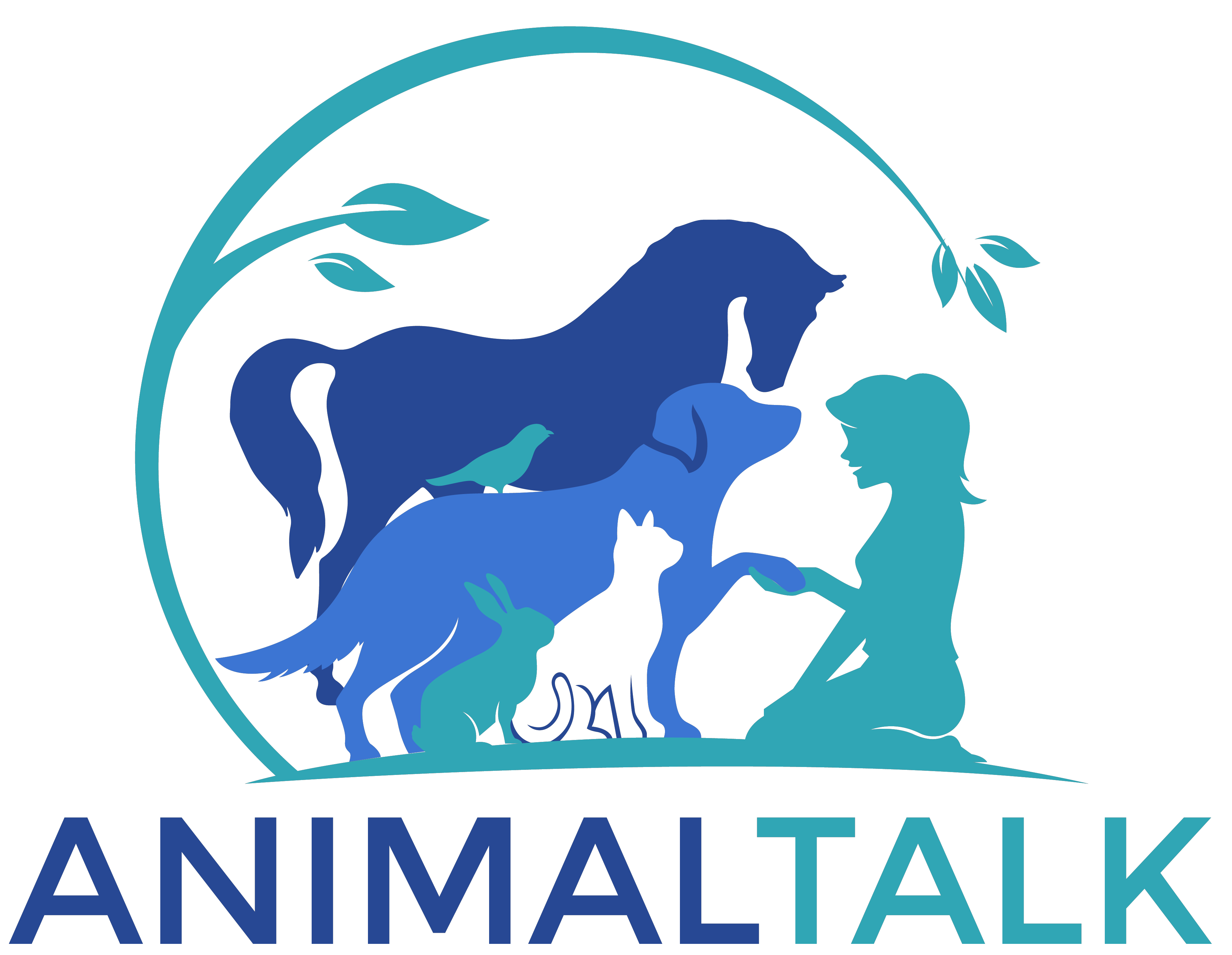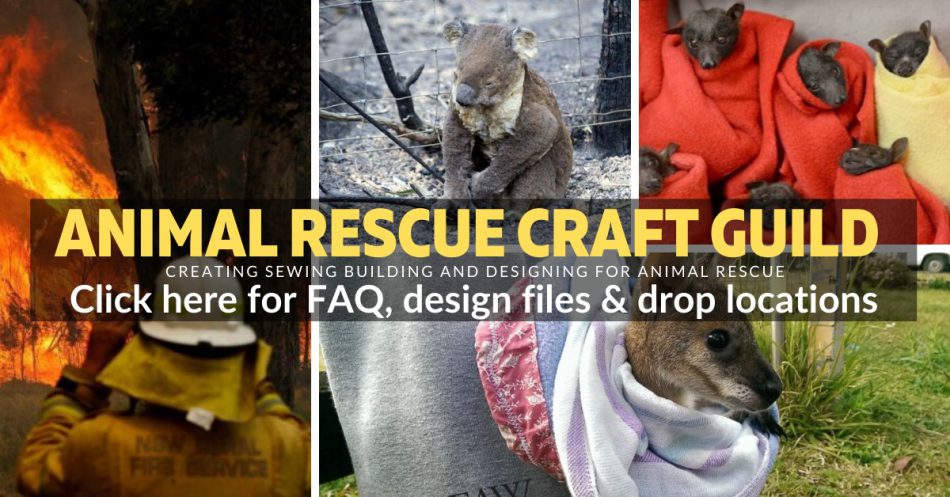No products in the cart.
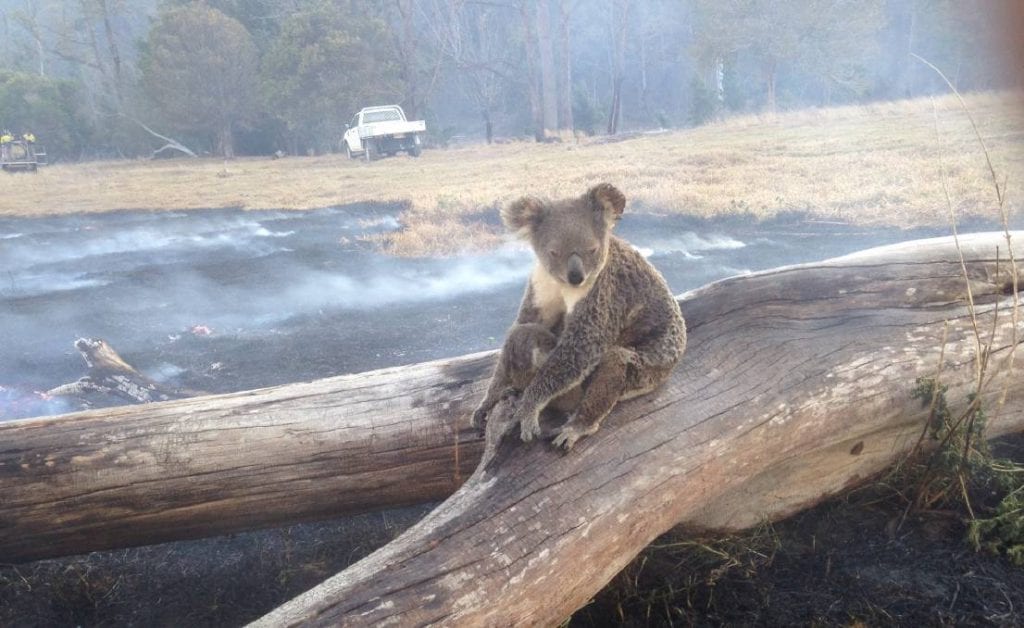
When tragedy, sadness or misfortune occurs, we reach out to our family and friends for love and support. If the circumstances go way beyond just being about us individually we may need to actually reach out to the community as a whole for help. Such is the case of the bushfire crisis happening in many parts of Australia raging out of control and creating carnage beyond our wildest beliefs.
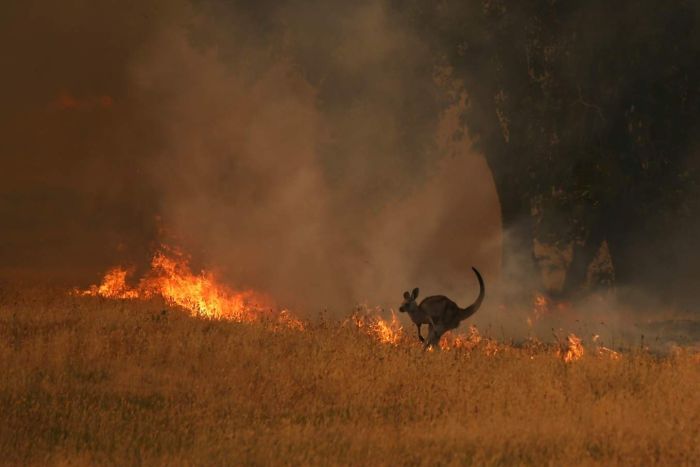 Photo Credit: abc.net.au
Photo Credit: abc.net.au
People have lost lives and entire homes. Their lives have been turned upside down and survival has become first and foremost on a minute to minute basis. People are rallying around Australia and the world to help with their needs and somehow try to lessen the devastation.
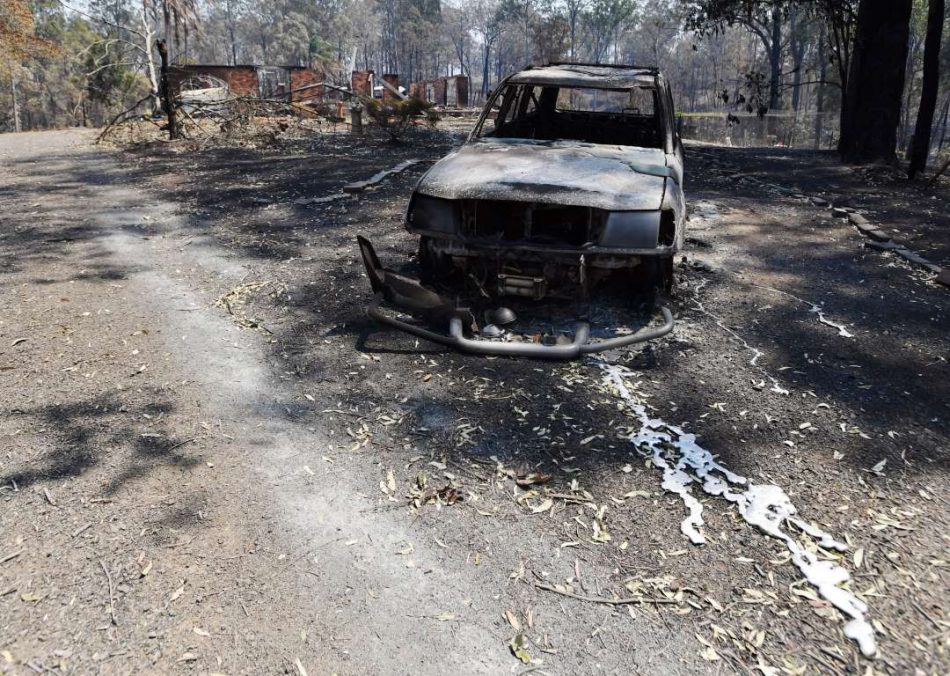 Photo Credit: MSN.com
Photo Credit: MSN.com
Although mentioned in the papers briefly, most people don’t realise the plight the animals are facing in these life-threatening bushfires. The scope of which we have never seen before. I am referring not only to domestic and farm animals but the half a billion wildlife animals that have perished.
It is heartbreaking to see injured animals everywhere you look, knowing most have to be destroyed. Or seeing the shell of an animal’s body – just a shape in the ash left behind in the wake of the unprecedented rage of these fires. People have lost their sheep, cows and chickens. They have lost their horses, dog and cats. Even the horses or other livestock they have saved, they are relying on the generosity of people donating the use of paddocks in safe areas. But due to the number of these animals there is not enough food or money to pay for the food they need. They still face distress even after surviving the fires.
While there are many wonderful wildlife carers volunteering their time and efforts, the estimated numbers of injured wildlife is much bigger than they ever anticipated. Many volunteers are being horrifically injured to save these animals they have already rescued or trying to. Those carers that survive any physical scars will not escape the emotional ones. They know that rehabilitation of the animals that survive may take a long time; but what habitat do we release them into? Their homes are now destroyed. How long will it take to rejuvenate millions of hectares of forest?
We know that is never a good idea to feed animals that are still in the wild but it has come to that as food is now scarce for them. Offspring will get used to humans intervening in their survival and may not be good at resuming what the wild has set out once resources become available again if they ever go back to normal. There is a severe drop in bird, rodent and insect populations. These are the building blocks to the whole ecosystem so everything will be affected for a long time. We can’t minimize the loss of those smaller species.
But what of the animals? We as humans will try to imagine what it would be like to lose a loved one whether human, a pet or even our home. There are people that know this feeling all too well. If not a wildlife carer, do we really understand the magnitude of this event on any one of these animals? Unusually high amounts of baby animals are being found dead or abandoned particularly flying foxes. I guess it was too much even for the parents. But let’s be honest they know for the species to survive they need adult breeding pairs, so I suppose decisions had to be made in a split second. These are long distance pollinators and are crucial for building and contributing to landscapes.
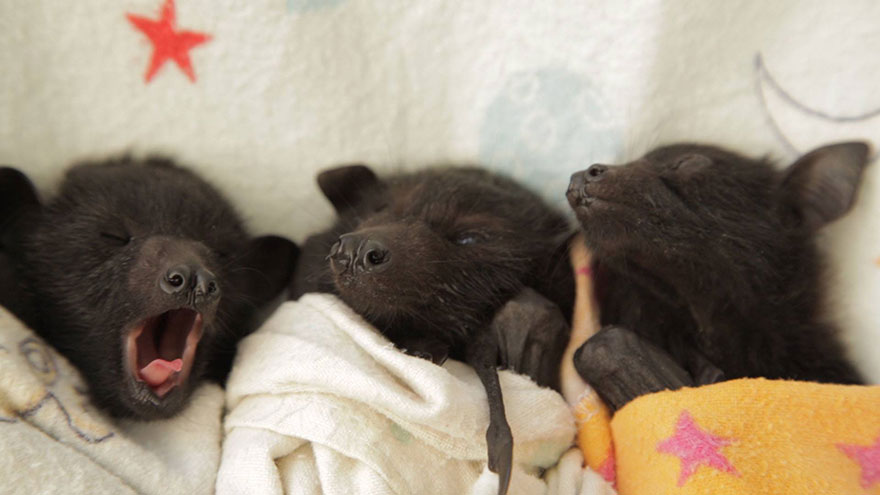 Photo Credit: Bored Panda
Photo Credit: Bored Panda
Well I am sorry for the grim picture but there isn’t a better one right now. But what about emotionally for the animals. None of these animals were told to evacuate the area or what direction it travelled in. As an animal communicator I know many animals travel and live in groups or families and were not prepared to leave anyone behind. Some were just too slow to run so didn’t have a choice. Those that did survive would now be looking for their family or group members. After all they can’t go to a community centre to find out what happened to them.
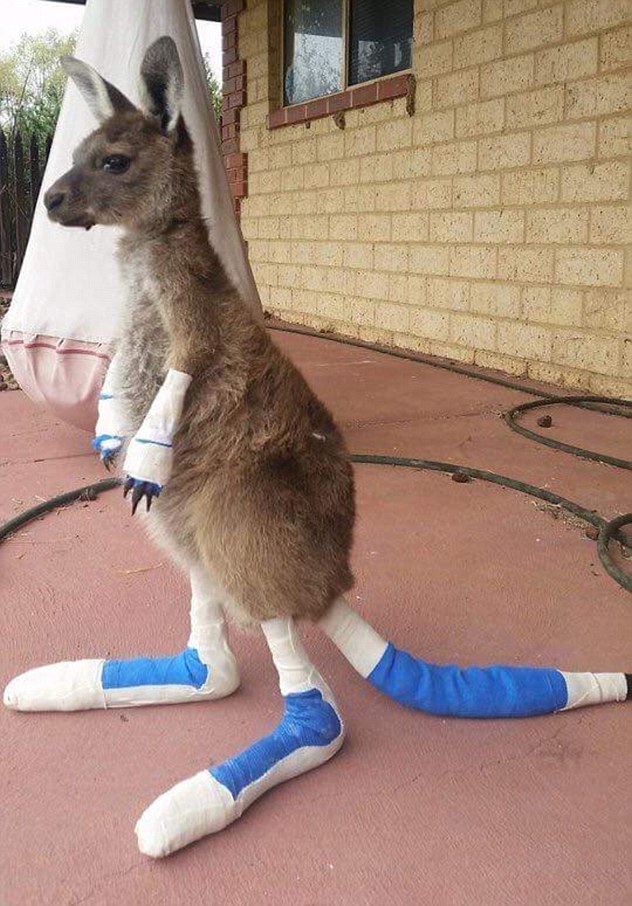 They are often left to grieve on their own, not to mention where do they go now as all they can see for miles is a charred landscape with little to no resources. Dehydrated with no water to quench their dry bodies. A sense of bewilderment as they don’t have the same sort of community that we have – they are lost. Or do they? Let’s make sure we join the animal rescuers and create a community for them and be part of the solution.
They are often left to grieve on their own, not to mention where do they go now as all they can see for miles is a charred landscape with little to no resources. Dehydrated with no water to quench their dry bodies. A sense of bewilderment as they don’t have the same sort of community that we have – they are lost. Or do they? Let’s make sure we join the animal rescuers and create a community for them and be part of the solution.
Many people have donated millions to our bushfire appeals. As of 7th January, nearly $10 million dollars has been raised for the WIRES Wildlife Service. Over $40 million has been raised for the NSW Fire Rural Service to keep fighting these fires. Australia is extremely grateful and overwhelmed by the compassion and kindness that has poured in since New Years Day. Regretfully, we are not finished yet. Whilst the fires continue to rage on, we still need to fund the recovery programs for our wildlife. Many people that have lost their homes and feed for their animals still need continuous help.
We know that many of you have been donating from around the world. But I know there are just as many of you that wish to do more. So I am going to make it easy for you to find out how we can support animals physically and emotionally.
Below are links mainly to Facebook community groups and pages where people are offering their properties, feed, transport and much more to help wildlife carers and farmers provide for the animals in their care. These are the direct links to talking with people on the ground in these fire zones whom really need the help.
Photo Credit: Daily Mail
WILDLIFE:
Port Macquarie Koala Hospital:
Ecologists have speculated that koalas may been completely wiped out due to the bushfires occurring in NSW and QLD. With their slow moving nature, this iconic animal has been impacted by the fires more than any other species. The Port Macquarie Koala Hospital is the foremost expert wildlife rehabilitation clinic for koalas, and they have already proved that they can certainly rescue and rehabilitate our koala species again. With many people donating to this organization, not just funds but also hundreds of medical products, the hospital is distributing all products across the various wildlife services up and down Eastern NSW.
You can donate funds or send goods to the Port Macquarie Koala Hospital: https://www.koalahospital.org.au/
The Animal Rescue Collective
This non-profit organization is part of a joint project with other rescue groups across Australia. It is backed by a registered charity MKC. Predominantly conducted on Facebook, this organization announces wishlists of items for wildlife services, drop off hub locations, and safehouse locations for people and their animals. Their Facebook page is updated several times a day, and there is always someone to respond to your enquiries. If you wish to volunteer transport, look for a drop off hub near you, or donate items, please use the Facebook page.
Facebook Link: https://www.facebook.com/animalrescuecollective/
Website Link: https://mkc.org.au/donations/trcqld
The Animal Rescue Craft Guild
This group is an initiative run by the The Animal Rescue Collective. With so many injured and rescued wildlife to care for, joey pouches, nests, bat wraps, and other items are needed to be made more than ever. This group started with 18,000 people on NYE, it has now grown to over 99,000 members! With so many people wanting to help from all over the world and across Australia, this is the group for sewers, knitters and crocheters. With never-ending communication happening in this group, you can find the exact sewing and knitting templates required for each species, and the admins update the group daily on which types of pouches/nests are needed the most at the time.
This group only operates within Facebook, so you will need to have an account to participate.
Facebook link: https://www.facebook.com/groups/arfsncrafts/
WIRES WILDLIFE SERVICES
We cannot forget the WIRES service, tirelessly working across all networks and other wildlife services to help people get injured wildlife to the correct places. With nearly $10 million raised so far, this is just the beginning for recovering our wildlife. You can simply donate funds to this organization or check out their website/Facebook page for a wish list of items desperately needed by all rescue services. WIRES will distribute funds and items across to wildlife shelters where needed.
Website Link: https://www.wires.org.au/donate/ways-to-help
Facebook Link: https://www.facebook.com/WIRES.wildlife.rescue/
LIVESTOCK & DOMESTIC ANIMALS:
At this stage, much of the funding donated by millions of people to the NSW Rural Fire Service will be distributed through to people that need cashflow to buy feed for their livestock and pets.
The RSPCA has their Bushfire Appeal, where all donations are going towards farm animals and domestic animals as they begin to assess the losses, injured animals and recovering lost animals in the fire zones declared safe.
You can certainly donate to the RSPCA Bushfire Appeal here:
Website Link: https://www.rspcansw.org.au/bushfire-appeal/
